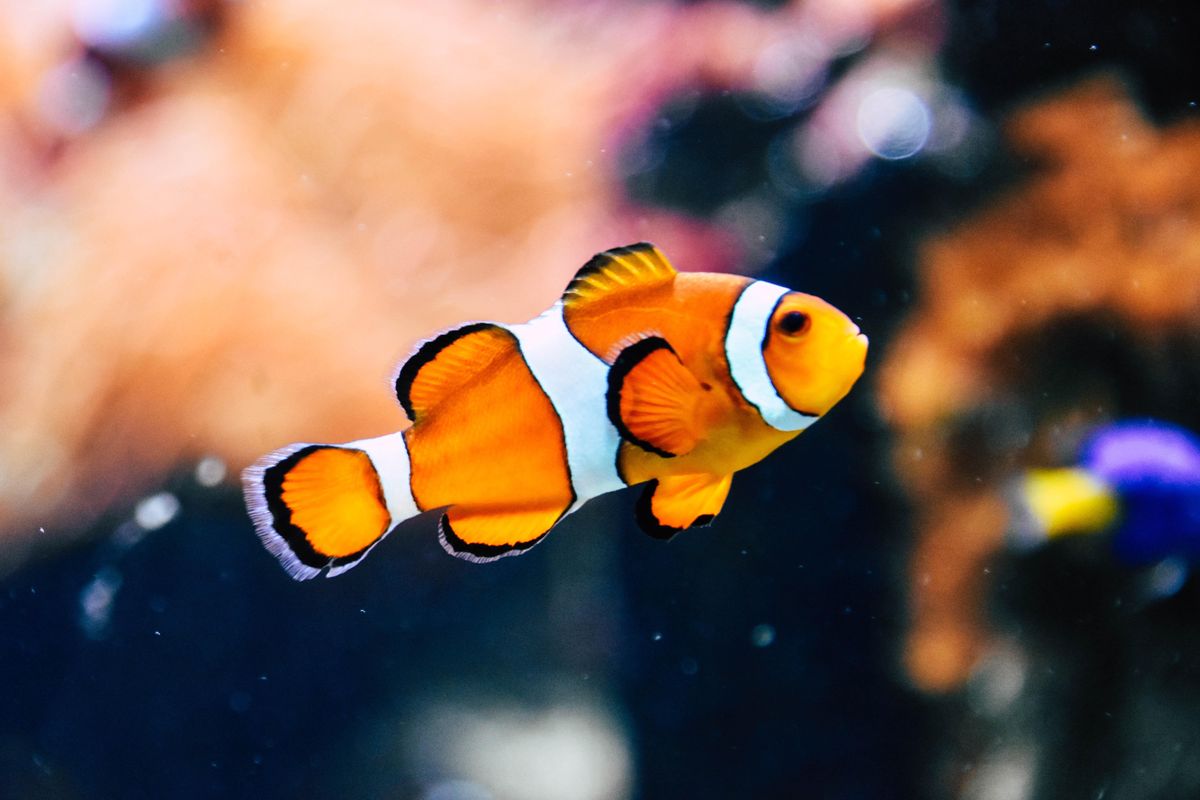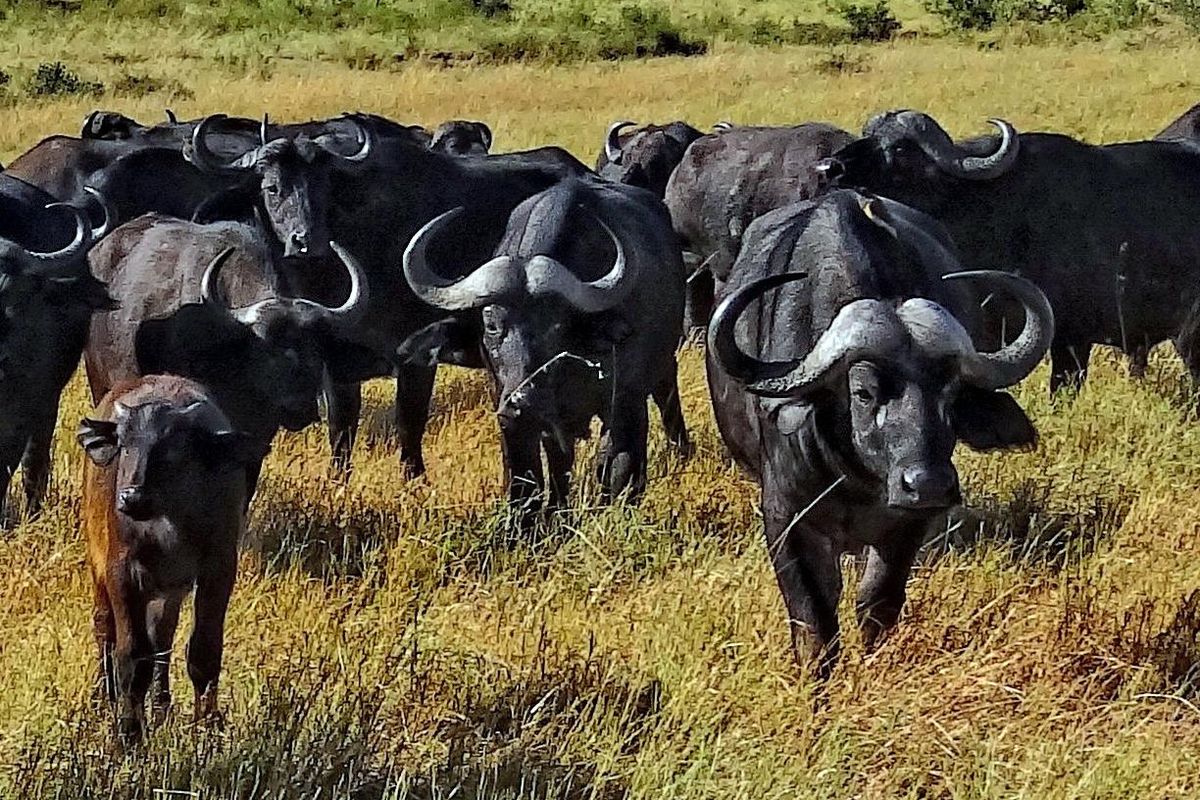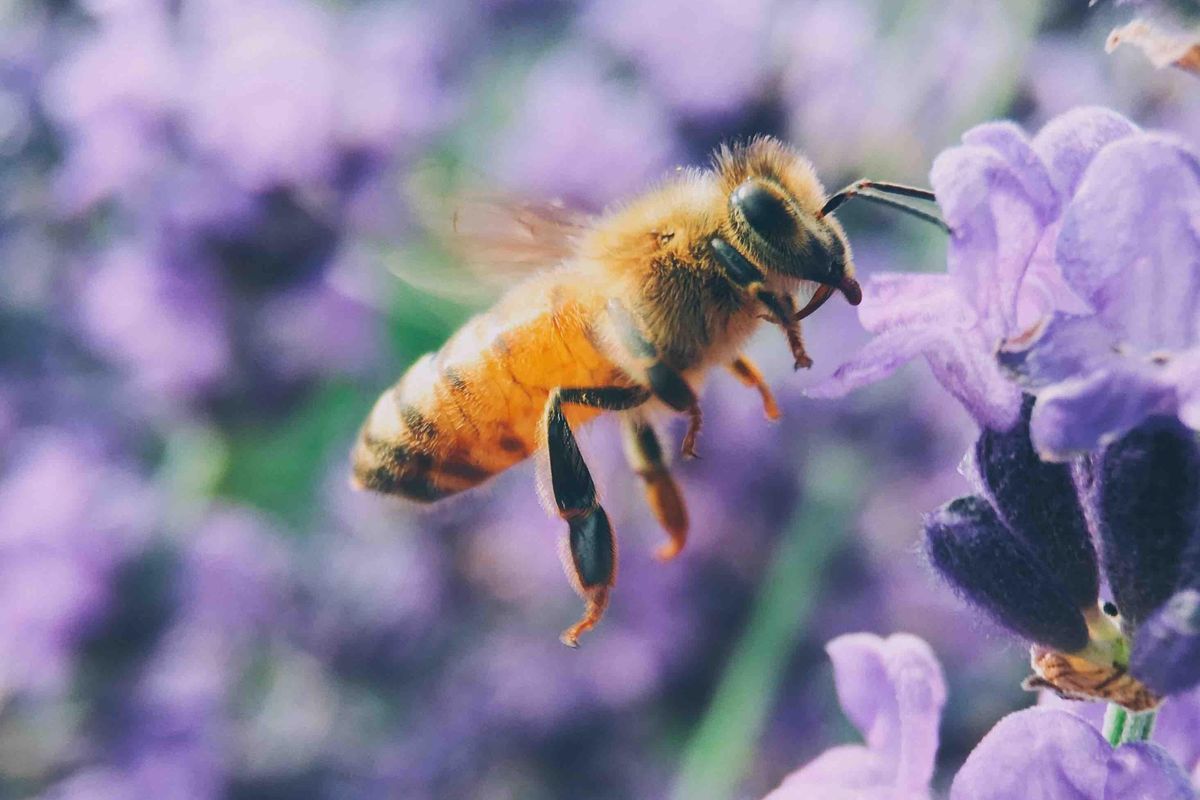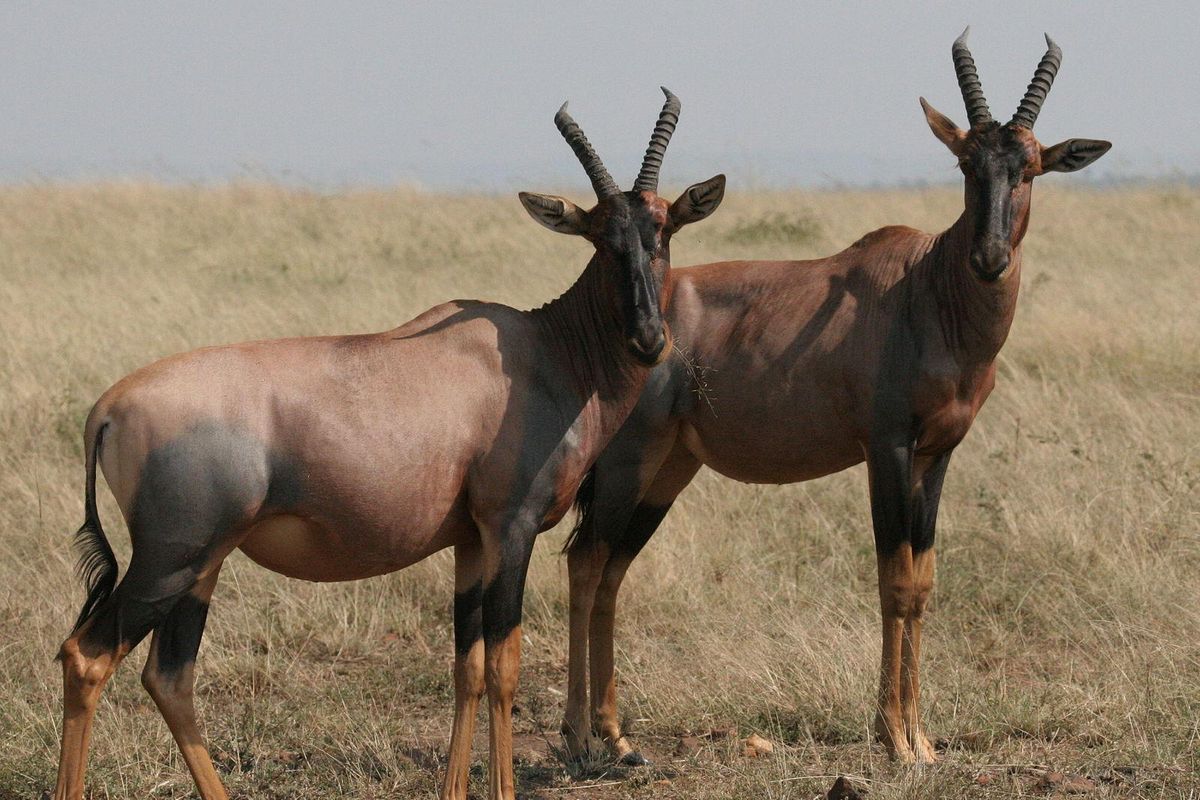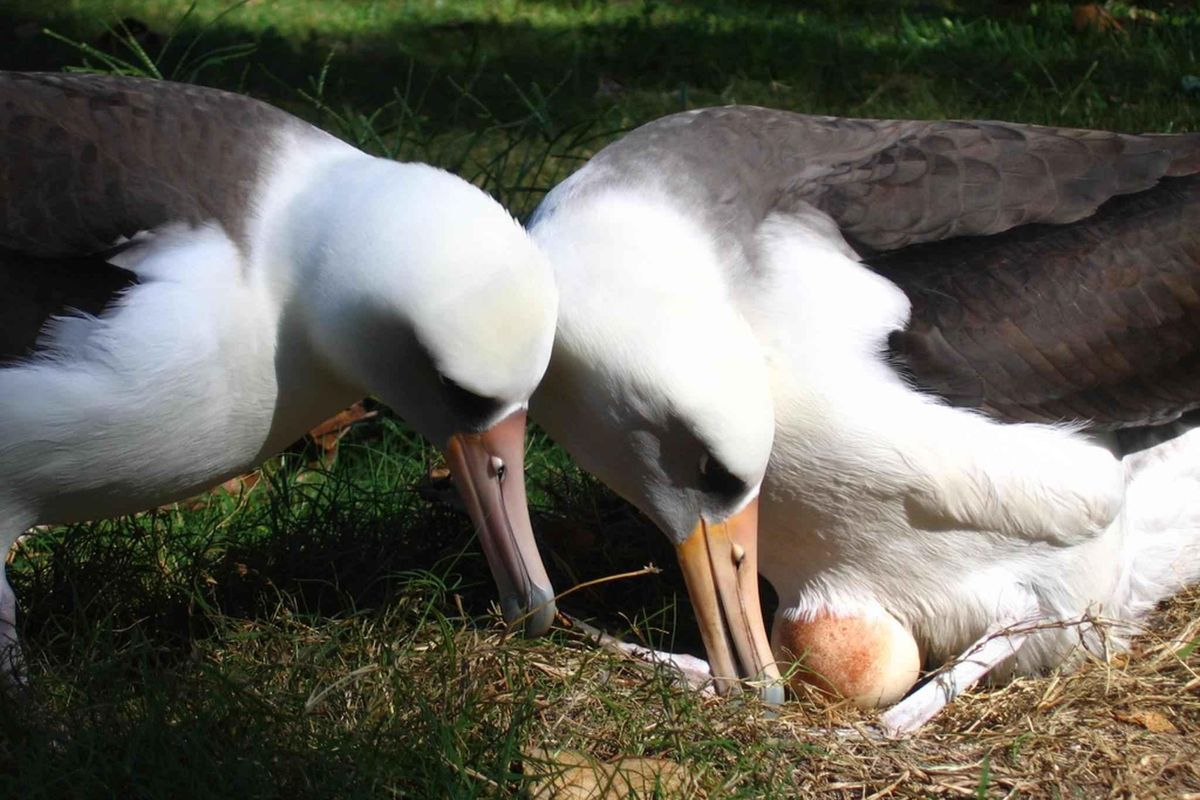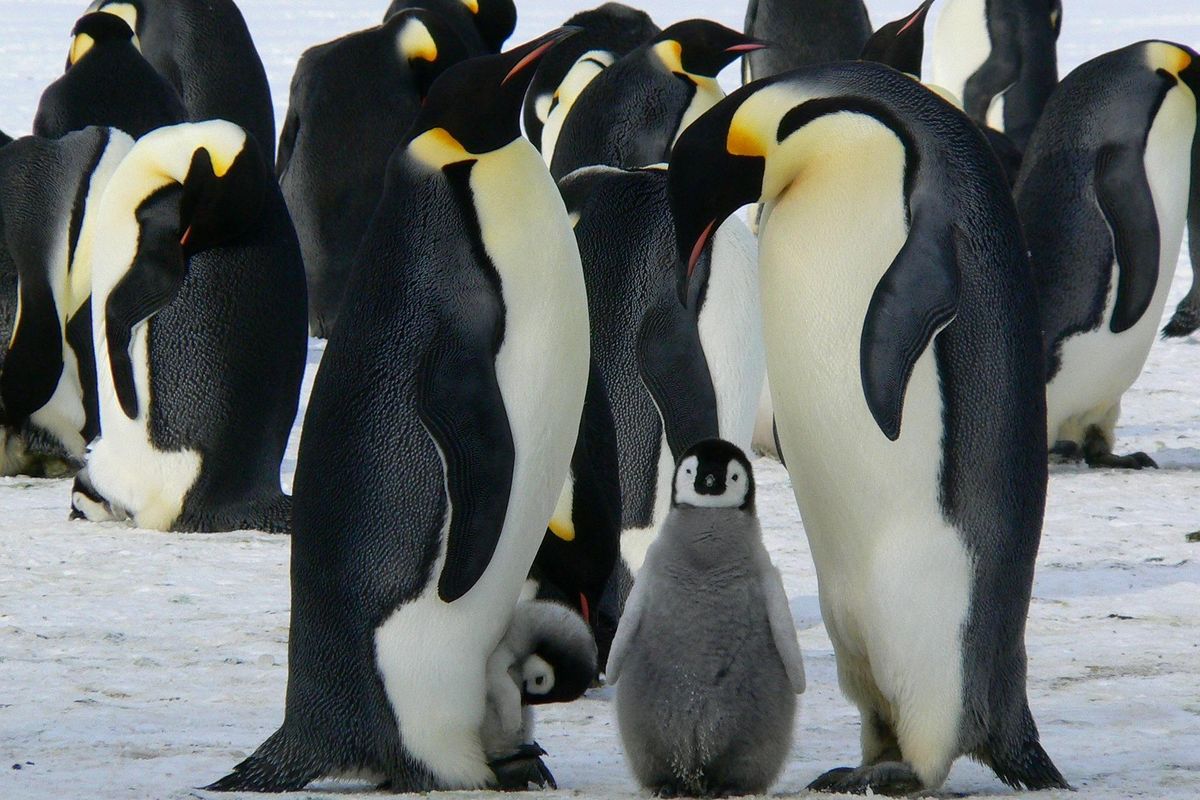17-year-old sought help for his little brother's mysterious 'pee' problem and the Internet delivered
"You are THE MAN he's looking up to right now."
A 17-year-old recently took to the internet with an... unusual problem. His 12-year-old little brother had come to him looking for advice, as little brothers do, especially for "sensitive matters." Even more pressingly, the teen wrote that he and his siblings lived alone with their 21-year-old sister, so there were no parents around to help — he was on his own with this own.
In a now viral post, the poster wrote: "I was driving my 12 year old brother to school when he told me his pee was white when he was in bed." What a conversation to start the day!
"I was trying my hardest not to laugh but I'm guessing he saw my smile because he punched me and yelled at me saying he was serious. ... How do i talk to him about this, I don't know what to do." At 17, you've barely just begun to figure out how your own body and sexuality works. Being expected to mentor someone else as they discover theirs is a huge burden to carry.

Users chimed in to let the kid know: Even if he didn't realize it, this was a huge moment in his little brother's life.
You might recognize this setup as a wet dream, nocturnal emission, or one of the many other names it goes by. (Or you may have just thought the boy drank so much water that his pee ran clear — you wouldn't be the only one!) They're a simple, biological fact of life and a normal milestone boys experience during puberty.
To adults, wet dreams are kind of funny and ridiculous, but to young kids who don't know what's going on, they can be sources of shame, stress, and even fear. Some boys even wake up thinking they're sick or that something is wrong with them! It's crucial that these early conversations are handled well. And without a real adult around, this 17-year-old had his hands full.
Luckily, the folks from r/AskMen had plenty of great advice:
"The fact he's reaching out to you and trusting you in this VULNERABLE moment for him, is huge. Please do not embarrass him or make him feel small. Empower him. Tell him he is walking into manhood. Like others have said give him a high five or a hug or both. If he wants the science get him that info. Tell him he's okay and validate him. Because you are THE MAN he is looking up to right now," one user wrote.
"Just be 100% honest to him. When my son asked me where babies came from, I told him I would be 100% honest and that if he had any questions, I'd answer them. Trust me, being honest goes a long, long way," added another.
They even reassured him that it's OK to laugh about uncomfortable topics.

"I’d just start with 'I don’t want you to be embarrassed because it’s completely normal, but I may laugh just because I’m slightly uncomfortable because of how it was taught to me' or something along those lines. As long as he knows you’re not laughing AT him, that should help."
"Take it seriously but speak casually about it. Take the time yourself to understand (if you don’t already) how the male reproductive organ works and show it to him on one of those anatomy charts or something. Like 'here brother, this is a penis and this is how it works. It just so happens that you‘ve grown up and a new function is available'. ... The taboo is in your own mind. Speak casually about it and he’ll understand.extra context."
Experts agree with the honest, normalizing approach. All the weird and embarrassing things that happen during puberty (like new body hair, having to wear deodorant, etc.) are completely normal and no big deal. And they say that almost any approach to the conversation is better than none at all — leaving boys to get their information from peers or porn is a recipe for disaster.
Boys don't get nearly enough information about sex and their bodies, and everyone pays the price for it.
Surveys show when parents do talk to their sons about sex, it's usually about risk: Pregnancy and STI/STDs, namely, and conversations are often framed in a negative light. Don't have sex, don't have sex without protection, don't have sex with certain types of people... There's a lot of don't, don't, don't.
When college-aged boys were surveyed, a majority of them said they didn't get much information from their parents, and instead learned from peers, the media, and porn. Not ideal! The 17-year-old poster admitted that he never had a male role model explain puberty and sex to him, and he got all of his information from the Internet... which scared the heck out of him.
"I remember going online and just looking stuff up when i ended up on a website talking about HIV and STDs, and i remember getting scared ... I don't want my brother to go thru the same stuff i went through when i was his age."
If boys aren't getting conversations about their body, masturbation, wet dreams, and other uncomfortable topics, you can bet they're not hearing about consent. So not only do boys suffer when they're not prepared for puberty and beyond, so do their future partners.
It's awesome to see a big brother stepping up to the plate in the absence of adults. Armed with a little advice from well-meaning men, dads, and brothers online, the original poster said he felt ready to tackle this conversation, and future ones, with his little bro:
"I'll make sure i talk to my brother honestly and with an open mind and with no judgements, I'll make sure he'll feel like im someone he could talk to about stuff without making him feel like he's being judged. I'll tell him some few but important details about these changes going thru his body and I'll let him ask me questions if he still has some."
Well done!


















